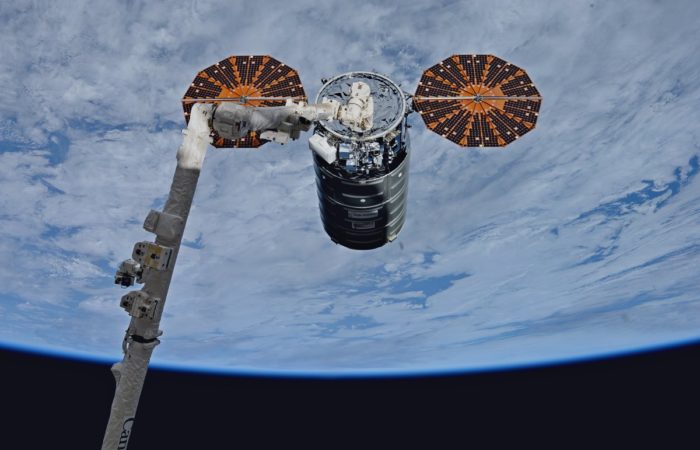Houston, TX – October 9, 2013 – NanoRacks is proud to announce it has now fulfilled over one hundred customer payloads delivered to space.
The berthing of the Orbital Sciences Cygnus Mission D-1 brought 11 customer payloads to the International Space Station.
Since its founding in 2009 NanoRacks has realized a total of 109 space station payloads, marking the company as the market leader in low earth orbit utilization.
“We are proud that Orbital’s first ISS mission brought us over the century mark,” said
NanoRacks’ CEO Jeff Manber. “We are excited to be part of the new era of commercial
space science and research on the International Space Station (ISS). Our customers are
pushing the boundaries of what is possible. We look forward to working with NASA and
the other ISS partners to reach the next 100 payloads.”
NanoRacks operates under a Space Act Agreement with NASA to provide commercial
access to the ISS. The most recent payloads include student experiments from the
NCESSE Student Spaceflight Program some of which were supported by a grant from the
Center for the Advancement of Science in Space (CASIS). NanoRacks customers from
thirteen countries cover a broad range of industries and sectors. Customers flown and
manifest include startup companies, domestic and international space agencies, Fortune
500 companies, schools and universities.
About NanoRacks
NanoRacks LLC was formed in 2009 to provide quality hardware and services for the U.S. National Laboratory onboard the ISS. The company developed and has research platforms onboard the U.S. National Laboratory, which house plug and play payloads and a family of other research facilities. The current signed customer pipeline includes domestic and international educational institutions, research organizations and government organizations, and has propelled NanoRacks into a leadership position in
the emerging commercial market for low earth orbit space utilization and beyond.

